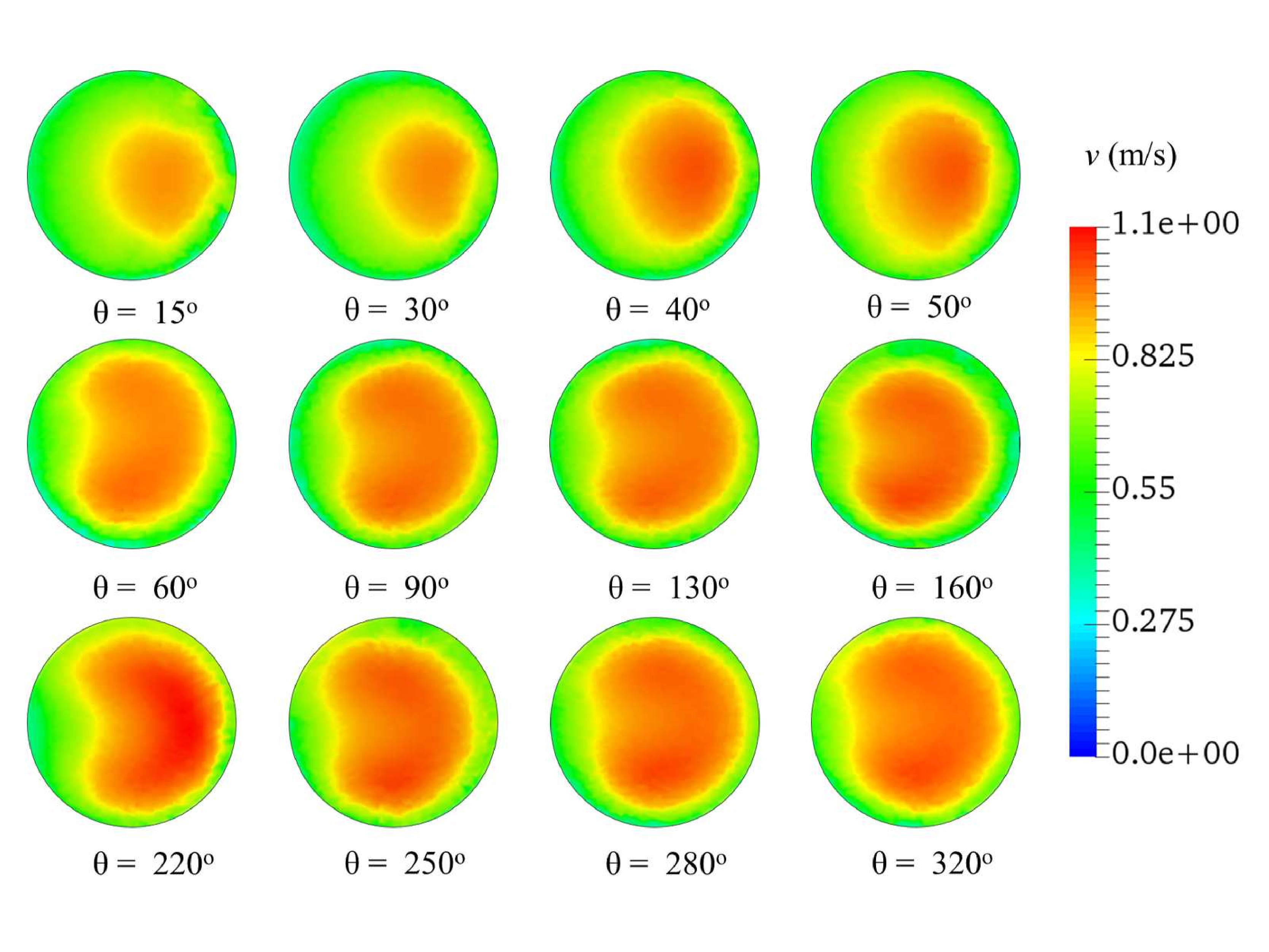The Black Hole (BH) code is a massively parallel reservoir simulator based on Mixture Theory and Smoothed Particle Hydrodynamics techniques. The ENERXICO partners at the Universidad Autónoma Metropolitana-Azcapotzalco (UAM-A) in Mexico City are actively collaborating in the development of the BH code, which uses the computationally highly efficient DualSPHysics platform. Despite the difficulties imposed by the covid-19 pandemic, which has forced us to work at home, important advances have been made to complete the first phase of the BH code development. The code development comprises four phases. The first phase consists of the implementation of the isothermal module (Module 1), its calibration, and testing plus the implementation of the pipe flow module. While the testing phase of Module 1 is underway, the calibration of the pipe flow module against experimental data for single-phase fluids has been successfully completed. This stage of the calibration is particularly important because the BH code will be equipped with a pipeline flow simulator that will serve to transport the oil from the well to the refining and production plant through vertical and horizontal pipes. Such processes will help in the prediction of oil production efficiency during enhanced recovery operations. The calibration of the pipe flow module has given rise to two important publications, which are probably the first ones on the Mexican side within the ENERXICO project:
1) Leonardo Di G. Sigalotti, Carlos E. Alvarado-Rodríguez, Jaime Klapp and José M. Cela, Smoothed Particle Hydrodynamics simulations of water flow in a 90° pipe bend, Water 2021, 13, 1081. https://doi.org/10.3390/w13081081
2) C. Alvarado-Rodríguez, Leonardo Di G. Sigalotti, Jaime Klapp, Celia R. Fierro-Santillán, Fernando Aragón and Agustín R. Uribe-Ramírez, SPH simulations of turbulent flow in curved pipes with different geometries: A comparison with experiments, Journal of Fluids Engineering, in press. https://doi.org/10.1115/1.4050514
The pipe simulations have produced excellent results for vertical and horizontal flow in pipe bends and elbows. The agreement with the experimental data has been quantified in terms of the root-mean-square-error to be always below 1% for a wide range of Reynolds numbers. The efficiency of the DualSPHysics platform employed for the module allowed to follow the simulations with several million particles.
Figure 1. Stream wise velocity maps at selected cross-sectional planes along the circumference of a helically coiled pipe for air flow at a volumetric flow rate of 10 cubic meters per hour, corresponding at a Reynolds number of 644. The sectional planes where the velocity maps are shown are identified by the angle theta, where the angle runs from theta =0° (pipe inlet) to 360° (pipe outlet). For this test case 3348466 SPH particles were employed. The numerical results were able to reproduced the experimental data within root-mean-square errors of 1%.
At present other papers are in production dealing with results from the calibration and testing of BH Module 1 code, which will first involve mainly two-phase flows. Similar calculations to those published above will also be performed for two- and three-phase flows in pipelines, this time using the same set-up and parameters of the multiphase experiments at IINGEN-UNAM as a further validation of the pipe multiphase flow simulator. After the testing phase of BH Module 1 code, the next step is to implement Module 2, which consists of extending Module 1 to include non-isothermal effects along with chemical reactions. At the end of this second phase calibration, the pipe flow simulator will be coupled to the BH code, waiting only for Module 3, which will allow the different fluid phases to be multi-component. This will give rise to the almost final compositional BH code, which will be ready to be tested against real problems of the oil industry.
Figure 2. Stream wise velocity maps along the bends for pulsatile flow along an S-shaped pipe. In agreement with the experimental data, the flow velocity is higher in a region around the inner wall side of the bends as a consequence of the pressure becoming lower in these regions.

